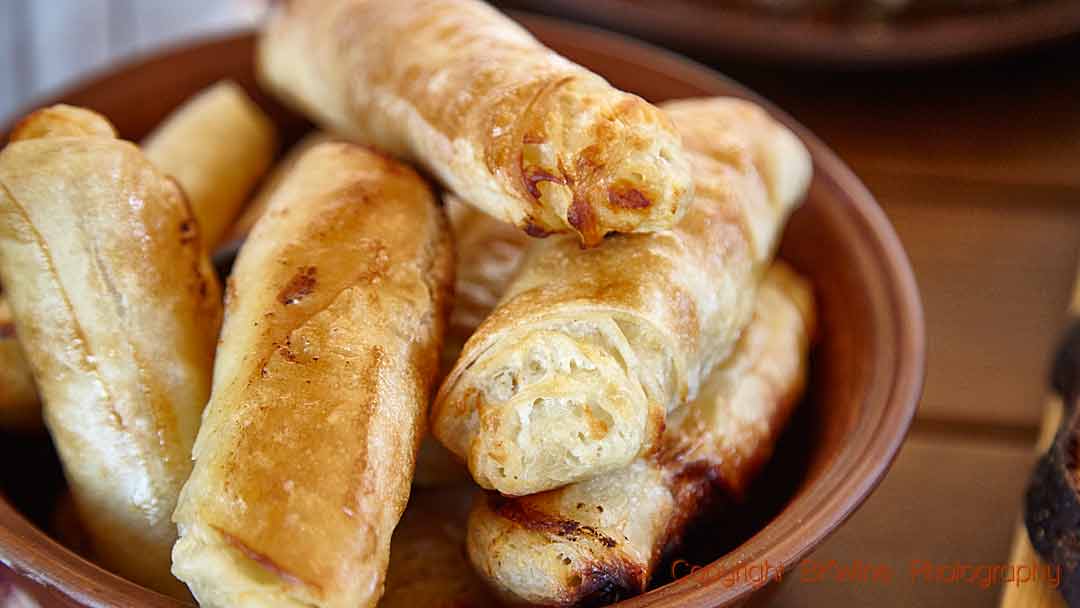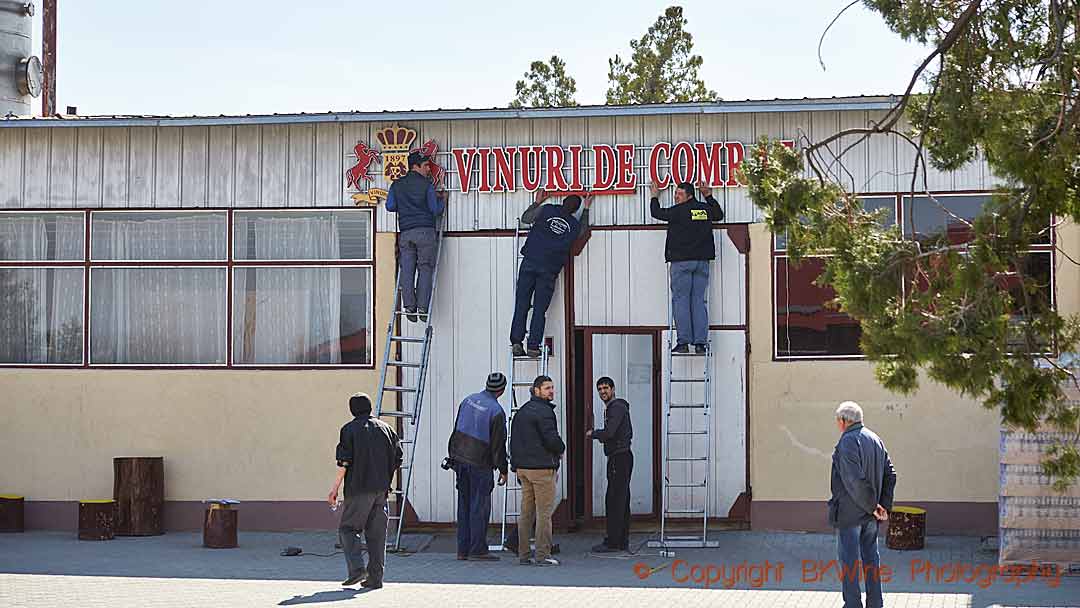In the very south of Moldova, in the region of Gagauzia, the road signs are written in Cyrillic, “Russian” letters. This is a Russian speaking region of Moldova. It is also a wine region called Valul lui Traian. We find some exciting wineries in this region, such as Novak, Fautor and Gitana Winery.
We are here to visit Vinuri de Comrat, situated in the town with the same name. Comrat is an ambitious and exciting wine tourism project, still in process but very promising.
Comrat started as a winery in 1945. Before that, during the first half of the 20th century, the same buildings were used for producing vodka. The buildings, the oldest one date from 1894, have now been carefully restored. It was a huge task. It took time to clean and restore the stone to its original splendour. “But it is important to keep something from the old times, everything shouldn’t be brand new”, says general director Anatolii Hmelevschi. “We want to become an important tourist destination, unique for Moldova”, he continues.
This is an article in our series on wines from Moldova:
- Moldova, an exciting “new” wine country with a long history | Britt on Forbes
- Moldovan wine classics in modern versions: Chateau Purcari and Castel Mimi
- Wine in Moldova: Château Vartely and Asconi Winery, two strong newcomers after independence
- Moldova’s emerging small, high-quality wine producers
- Historic bottles and traditional gastronomy in Moldova’s amazing underground wine world
- Wine tourism at Vinuri de Comrat in Moldova, a passionate project
More articles on Moldovan wines on BKWine Magazine here.

They seem to have what it takes to make that happen, which is above all a very welcoming approach. Not only the people themselves but also the newly created garden feels very inviting. The colourful textiles, the wooden furniture, the traditional outside ovens where local food is prepared gives a relaxed atmosphere. And, as Naira Mailean, export manager, points out, ”we prepare specialities from southern Moldova. Our placinta is not the same as they make in the north.” Although Moldova is a small country, every region has its own cuisine.
We taste several different dishes. As always in Moldova, the lunch feels very generous. The typical soup made with suckling lamb, carrots and fresh herbs has been simmering for a long time with careful stirring, and it tastes delicious.
Apart from the restaurant that just recently opened, they are planning to build a small hotel. More trees will be planted, and perhaps there will be a small museum. They have a splendid collection of old photos from the beginning of the 20th century. And not least, the road leading up to the winery will be renovated. “We want to attract visitors, so we want to have a pleasant and a green environment, says Anatolii Hmelevschi. Wine tourism is important, and we have a unique winery. It is a good way to promote our products.”
In the 1960s Comrat became a koljos, a holding of 8 wineries. 82,000 tons of grapes were produced. It was privatized in 1991. Now a more reasonable 5000 tons of grapes are processed, which means around 3-4 million bottles, exported to 20 different countries. Their wines are sold in food shops and Comrat also has its own wine stores all over the country (which is not uncommon in Moldova).

Comrat is still a big winery with a bottling line that is working more or less every day. Specific customers can demand particular blends. In the cool cellar, some of the big barrels are from 1862. But some wine ages in small barrels.
With such a big production there is, of course, a wide variety of styles. Some light and fruity for immediate drinking and some more serious and structured. They seem to be particularly proud of their Saperavi, with reason.
I have a feeling that Vinuri de Comrat will have great success with their wine tourism projects. They seem to be doing most things right.

















